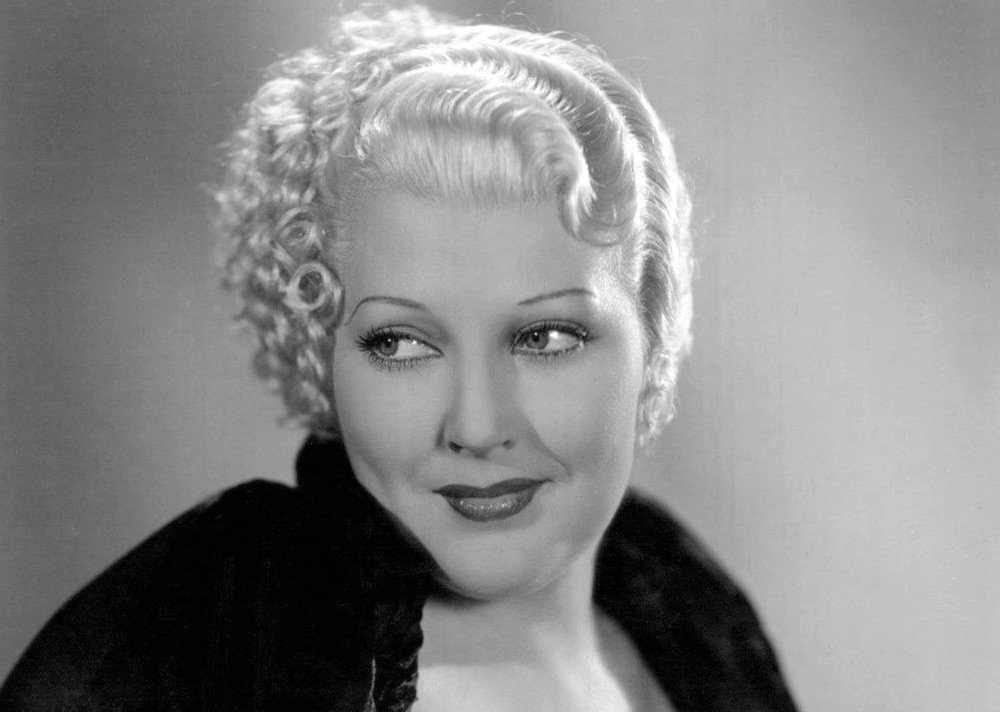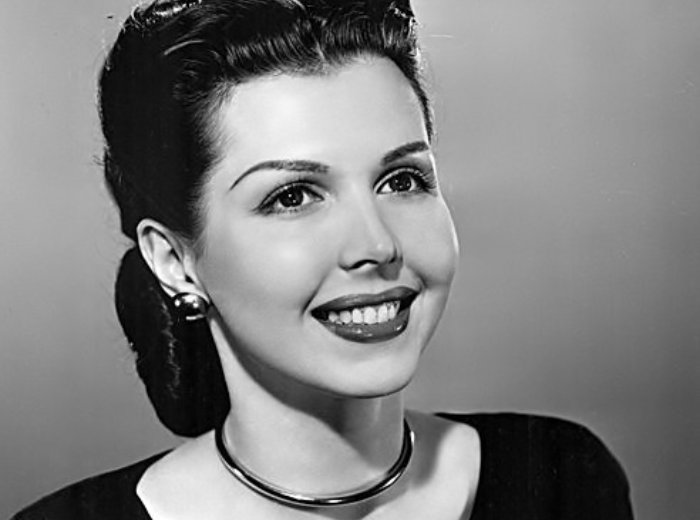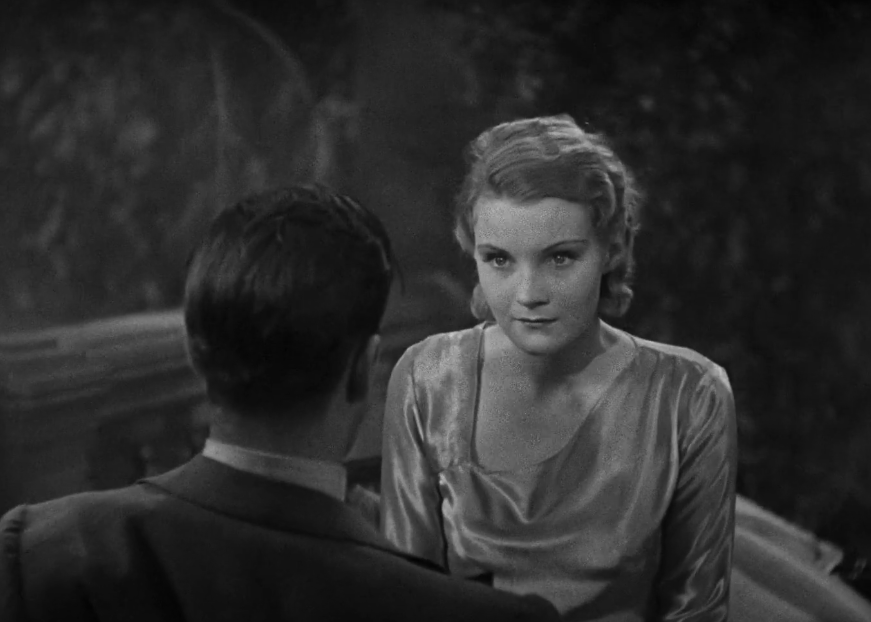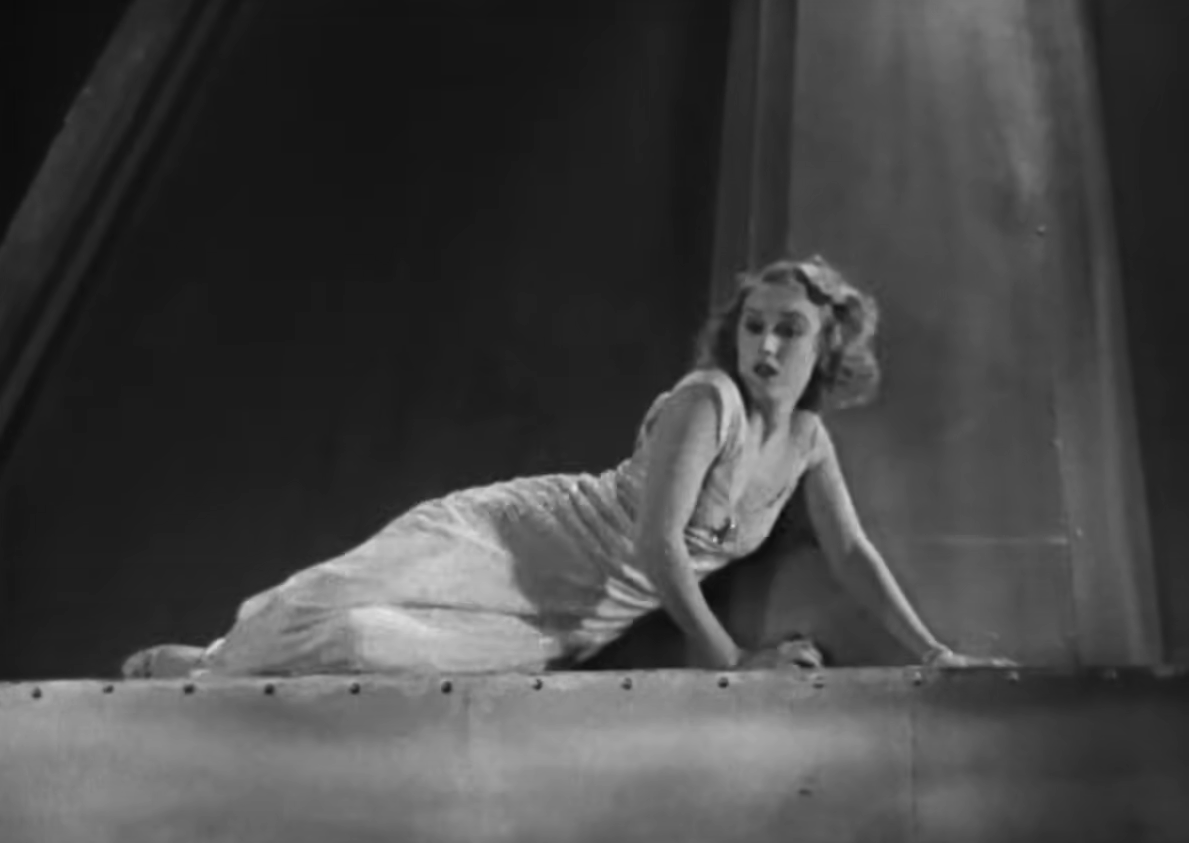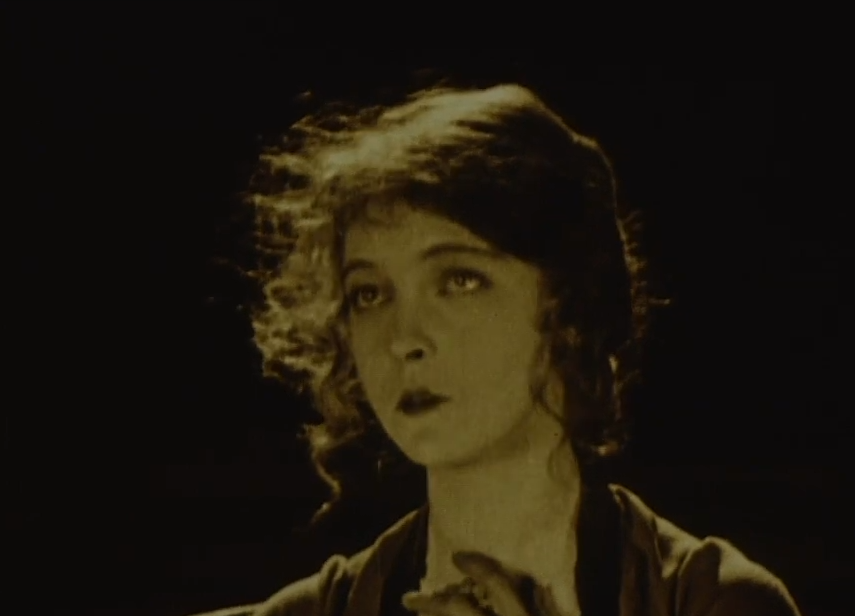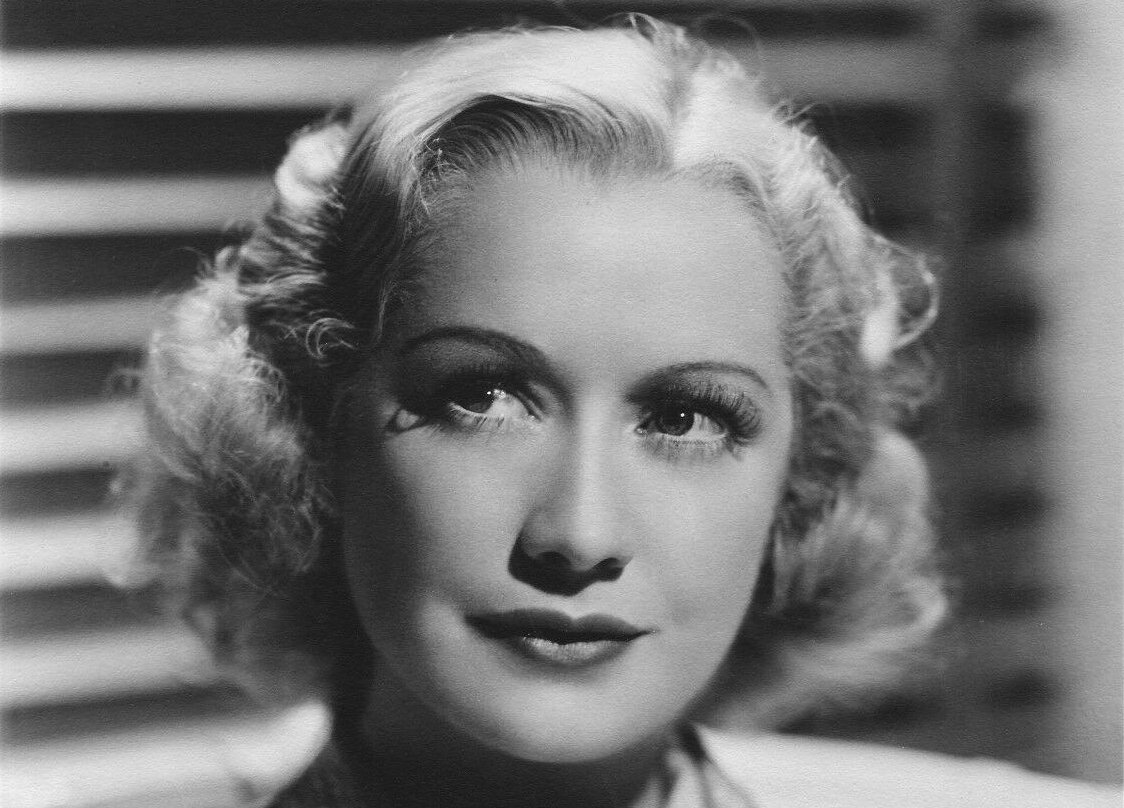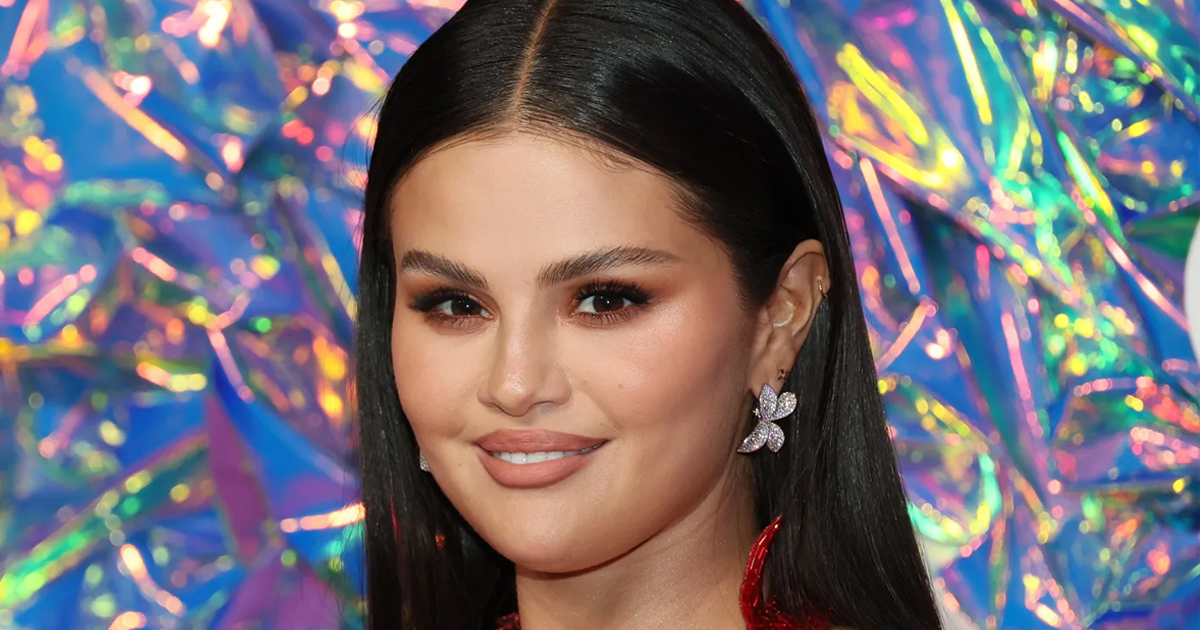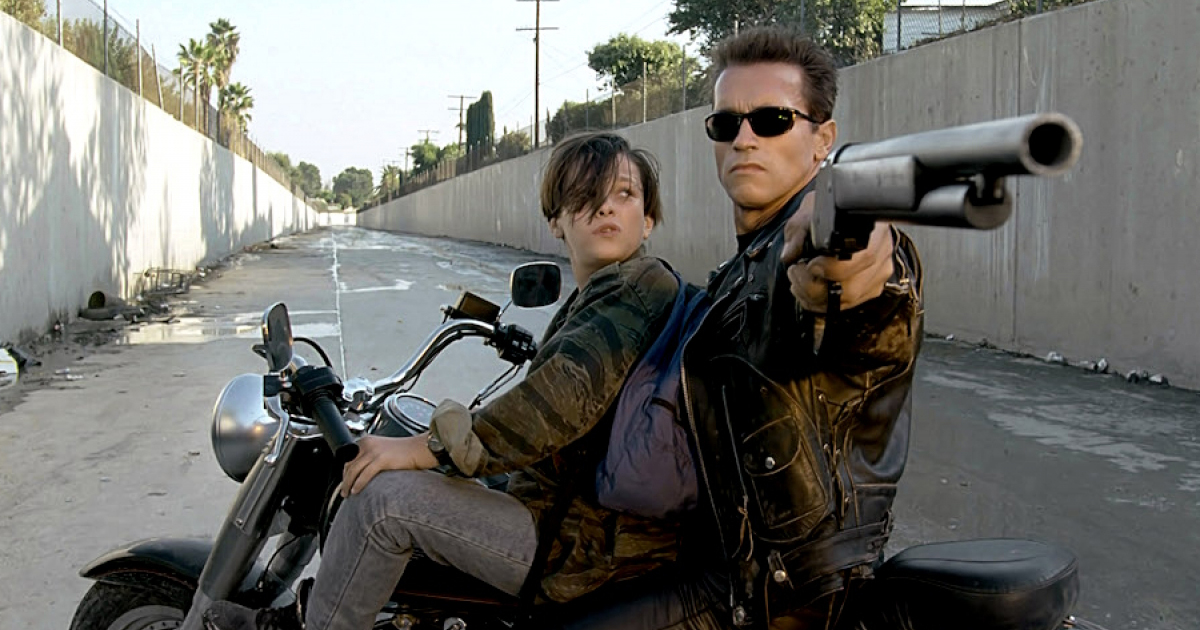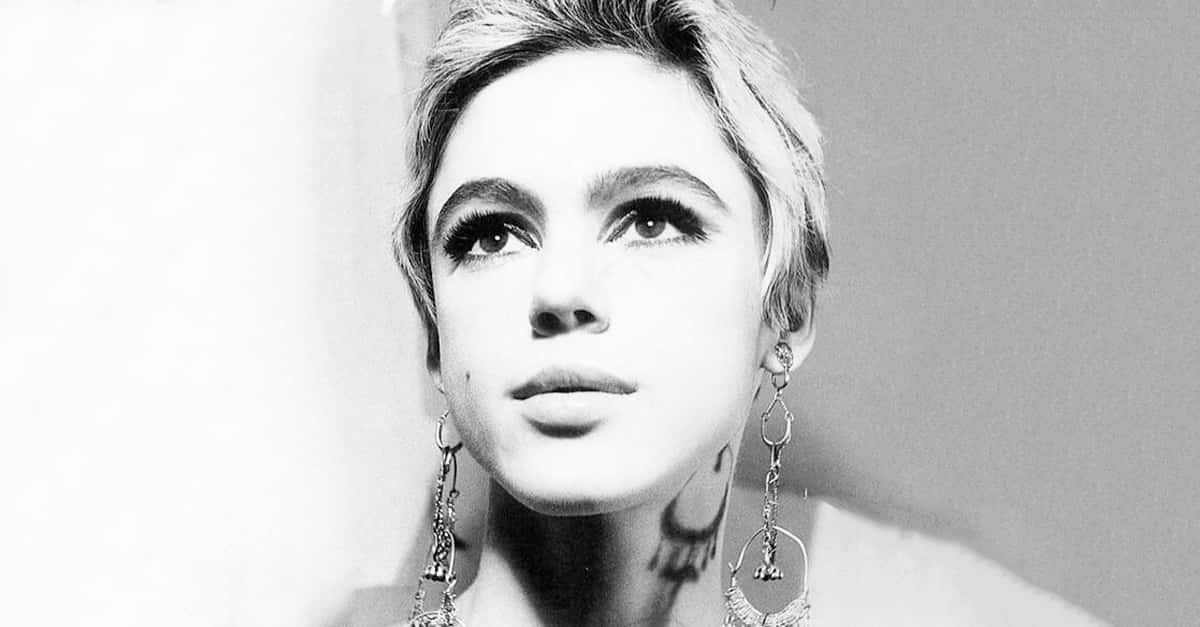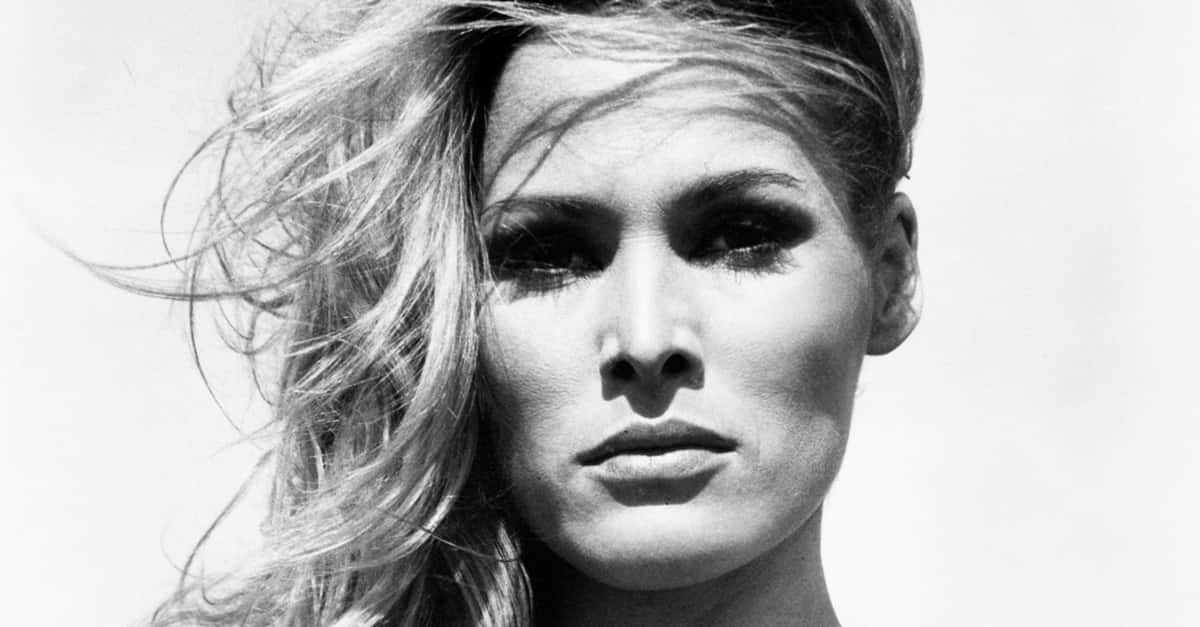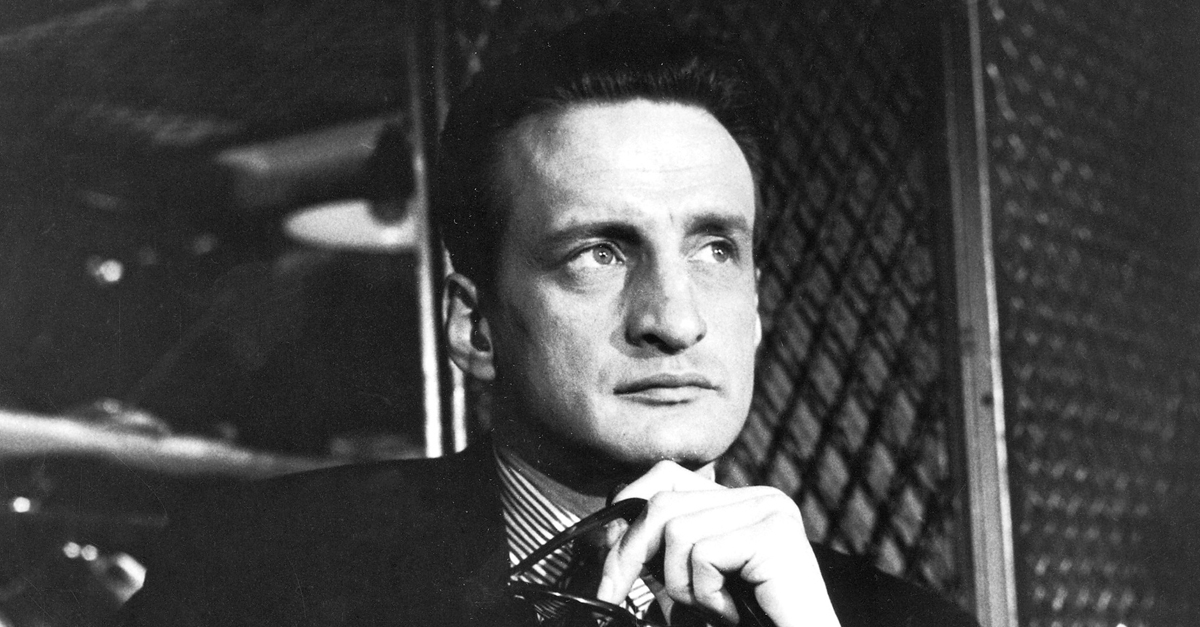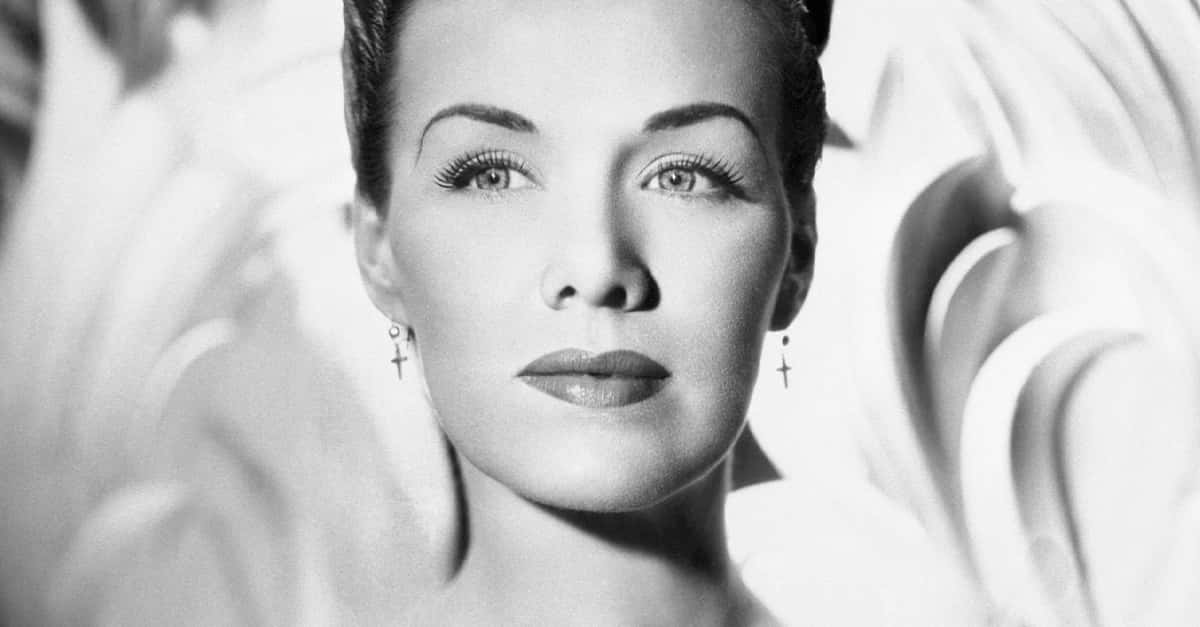Stars Lost To Time
Hollywood’s Golden Age produced some of the most dazzling and talented actresses in cinematic history. Yet, despite their immense contributions to film, many have faded into obscurity, overshadowed by their more famous contemporaries.
Constance Bennett
Constance Bennett was one of the biggest stars of the early 1930s, even surpassing Joan Crawford and Bette Davis in popularity at her peak. She was the queen of RKO Studios, starring in Common Clay (1930) and What Price Hollywood? (1932), but her career declined as new faces took over.
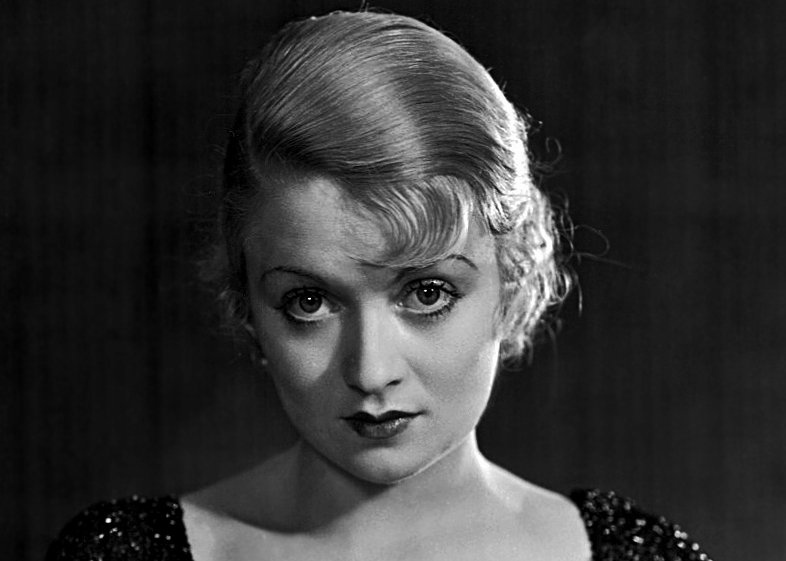 RKO Pictures, Wikimedia Commons
RKO Pictures, Wikimedia Commons
Thelma Todd
Thelma Todd was a gifted comedic actress who starred alongside legends like the Marx Brothers and Buster Keaton. Despite her success in slapstick comedies, her promising career was cut short when she was found dead under mysterious circumstances in 1935, a case that remains unsolved.
Ann Blyth
At just 16, Ann Blyth received an Oscar nomination for Mildred Pierce (1945), playing the scheming daughter of Joan Crawford. However, a tobogganing accident left her with a broken back, preventing her from capitalizing on her early success and leaving her career in decline.
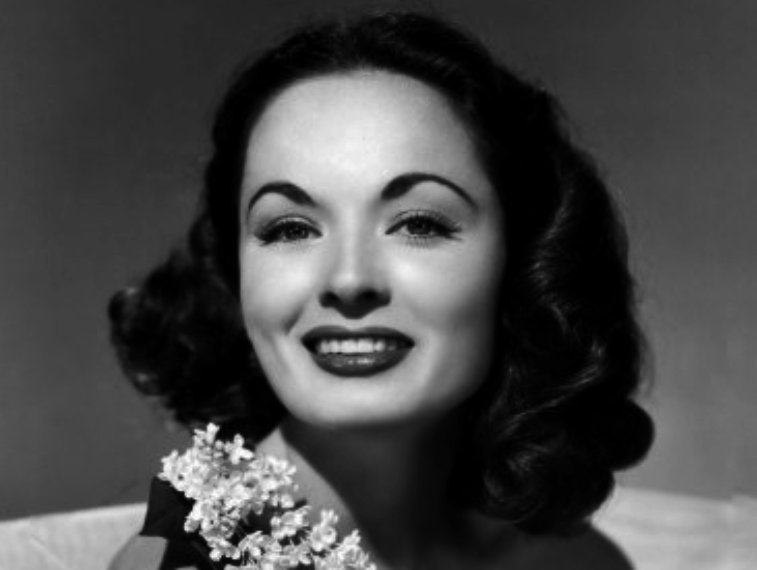 Unknown author, Wikimedia Commons
Unknown author, Wikimedia Commons
Norma Shearer
Norma Shearer was one of MGM’s biggest stars of the 1920s and 1930s, often starring in sophisticated dramas like The Divorcee (1930) and Marie Antoinette (1938). But after the passing of her husband, producer Irving Thalberg, she retired and faded into Hollywood’s past.
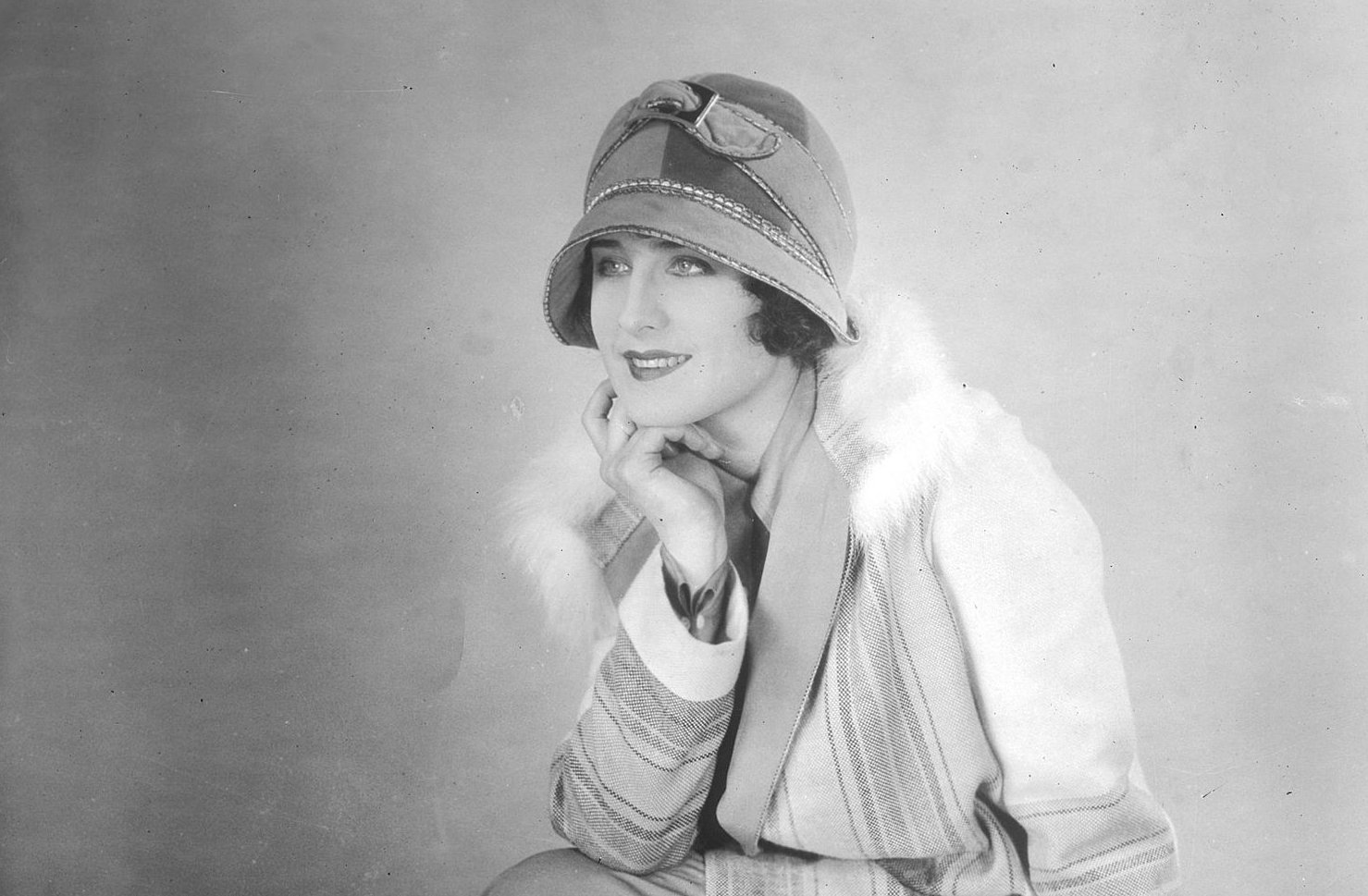 Bain News Service, Wikimedia Commons
Bain News Service, Wikimedia Commons
Gladys Cooper
Although Gladys Cooper was a successful stage actress in England, she transitioned to Hollywood later in life. She earned three Oscar nominations for Now, Voyager (1942), The Song of Bernadette (1943), and My Fair Lady (1964), yet her legacy remains overshadowed by her younger co-stars.
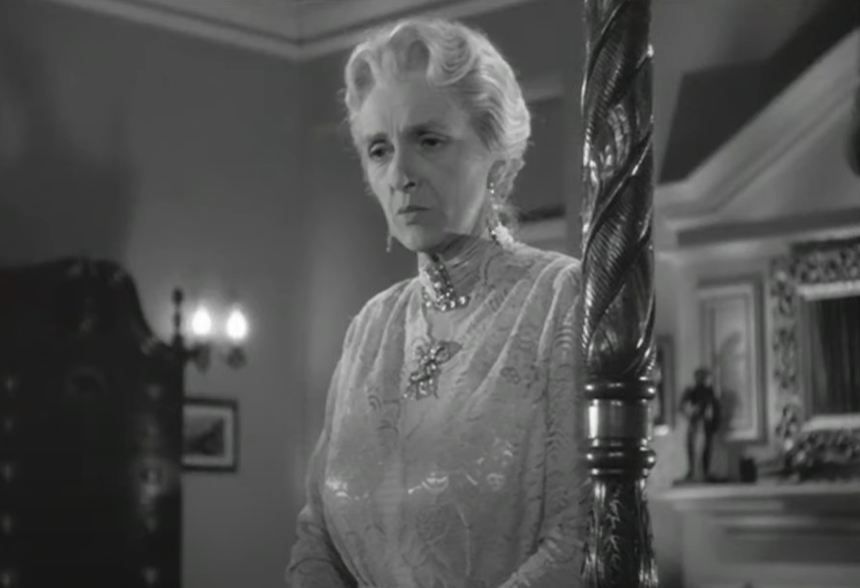 Warner Bros., Now, Voyager (1942)
Warner Bros., Now, Voyager (1942)
Ann Miller
Ann Miller was one of Hollywood’s most electrifying tap dancers, starring in On the Town (1949) and Easter Parade (1948). Despite her immense talent, she was often cast in secondary roles and never reached the superstar status of her co-stars like Judy Garland.
Anna May Wong
Anna May Wong was a groundbreaking Chinese-American actress who struggled against racial discrimination in Hollywood. Although she shined in films like Shanghai Express (1932), the industry continually typecast her in stereotypical roles, preventing her from becoming a true leading lady.
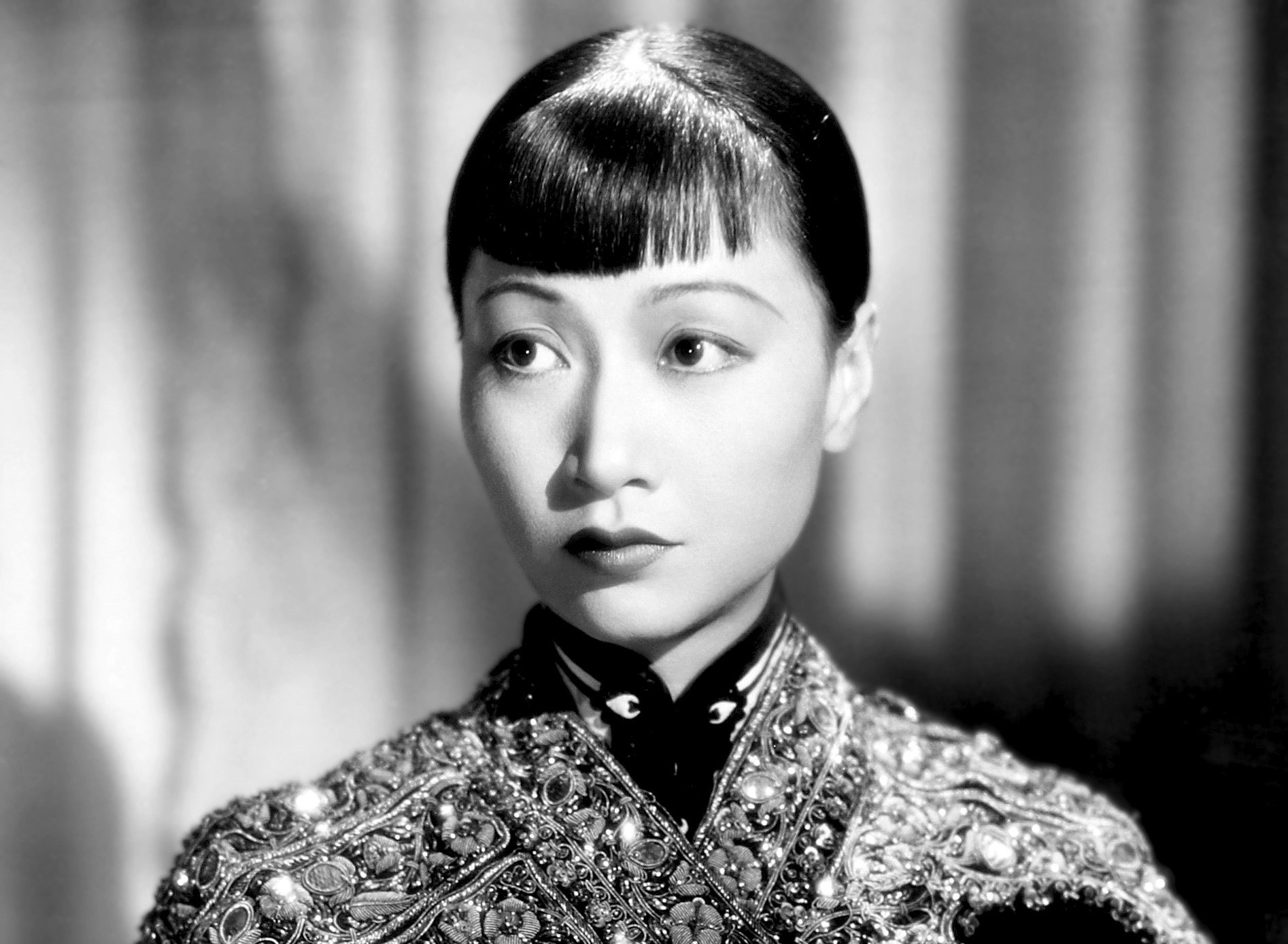 Eugene Robert Richee, Wikimedia Commons
Eugene Robert Richee, Wikimedia Commons
Hattie McDaniel
Hattie McDaniel made history as the first Black woman to win an Academy Award for Gone with the Wind (1939). However, despite her talent, she was repeatedly cast in maid roles due to Hollywood’s racial prejudices, limiting her career options.
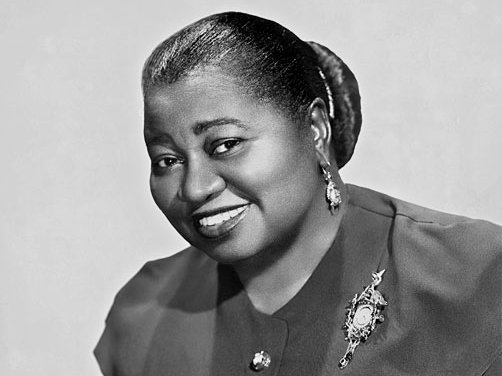 Unknown author, Wikimedia Commons
Unknown author, Wikimedia Commons
Kay Francis
At one point, Kay Francis was the highest-paid actress in Hollywood, known for her sophisticated roles in films like Trouble in Paradise (1932). But after clashing with Warner Bros, her career took a nosedive, and she faded into obscurity.
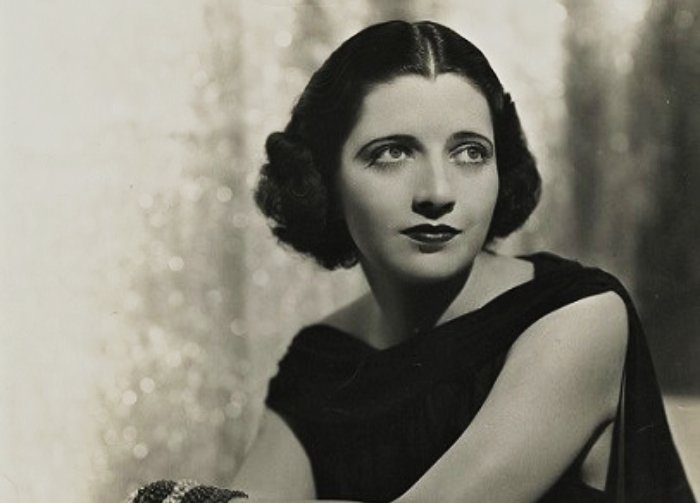 Elmer Fryer, Wikimedia Commons
Elmer Fryer, Wikimedia Commons
Helen Twelvetrees
Helen Twelvetrees was one of the top dramatic actresses of the early 1930s, known for tearjerkers like Millie (1931). However, as Hollywood’s tastes changed, her career fizzled out, and she was largely forgotten.
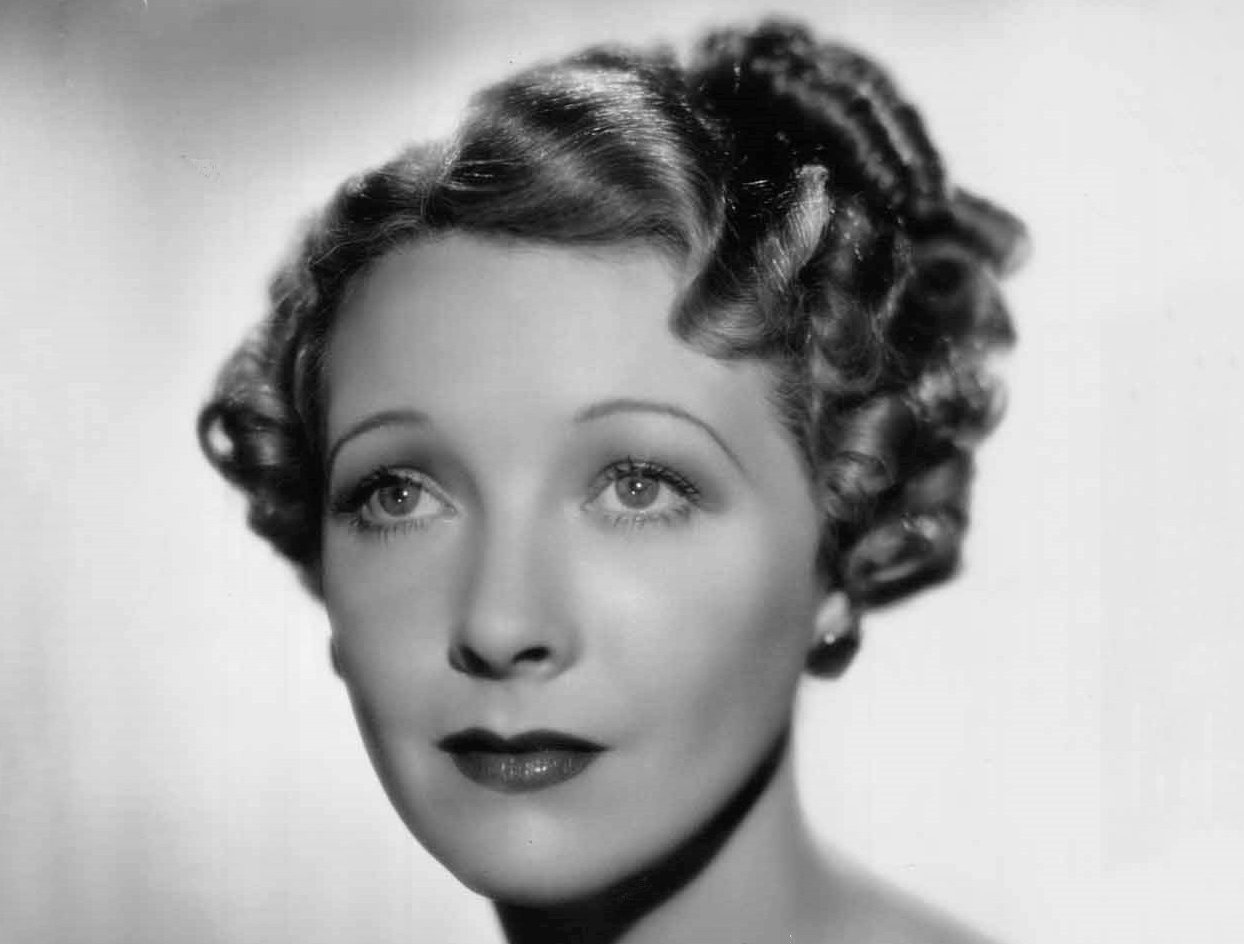 Fox Films-photo by Otto Dyar, Wikimedia Commons
Fox Films-photo by Otto Dyar, Wikimedia Commons
Dorothy Mackaill
Dorothy Mackaill transitioned successfully from silent films to early talkies, starring in Safe in Hell (1931). But by the late 1930s, her career had declined, and she eventually retired to Hawaii, living in quiet obscurity.
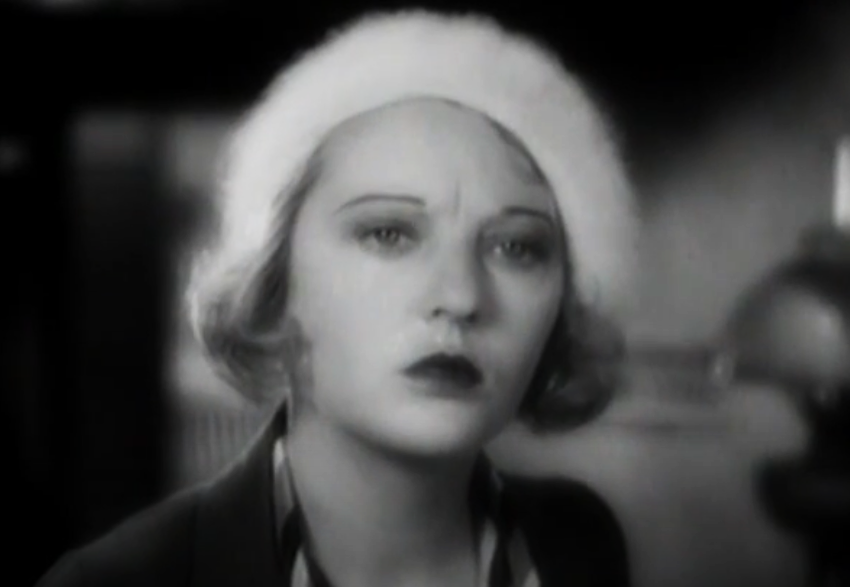 Warner Bros., Safe in Hell (1931)
Warner Bros., Safe in Hell (1931)
Jean Parker
Jean Parker played Beth in the beloved 1933 adaptation of Little Women, but she never reached true stardom. She continued working steadily in films and television, but she remained a supporting player rather than a major star.
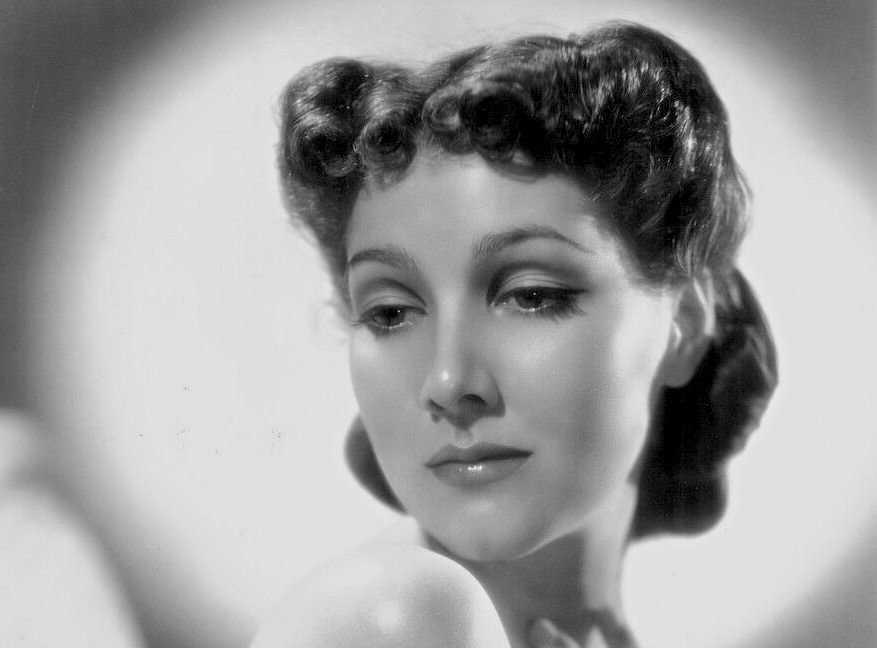 Hollywood Mirror newspaper, Wikimedia Commons
Hollywood Mirror newspaper, Wikimedia Commons
Lois Wilson
Lois Wilson played Daisy Buchanan in the 1926 silent film adaptation of The Great Gatsby. Despite being a major star in silent cinema, she struggled with the transition to talkies and faded from the spotlight.
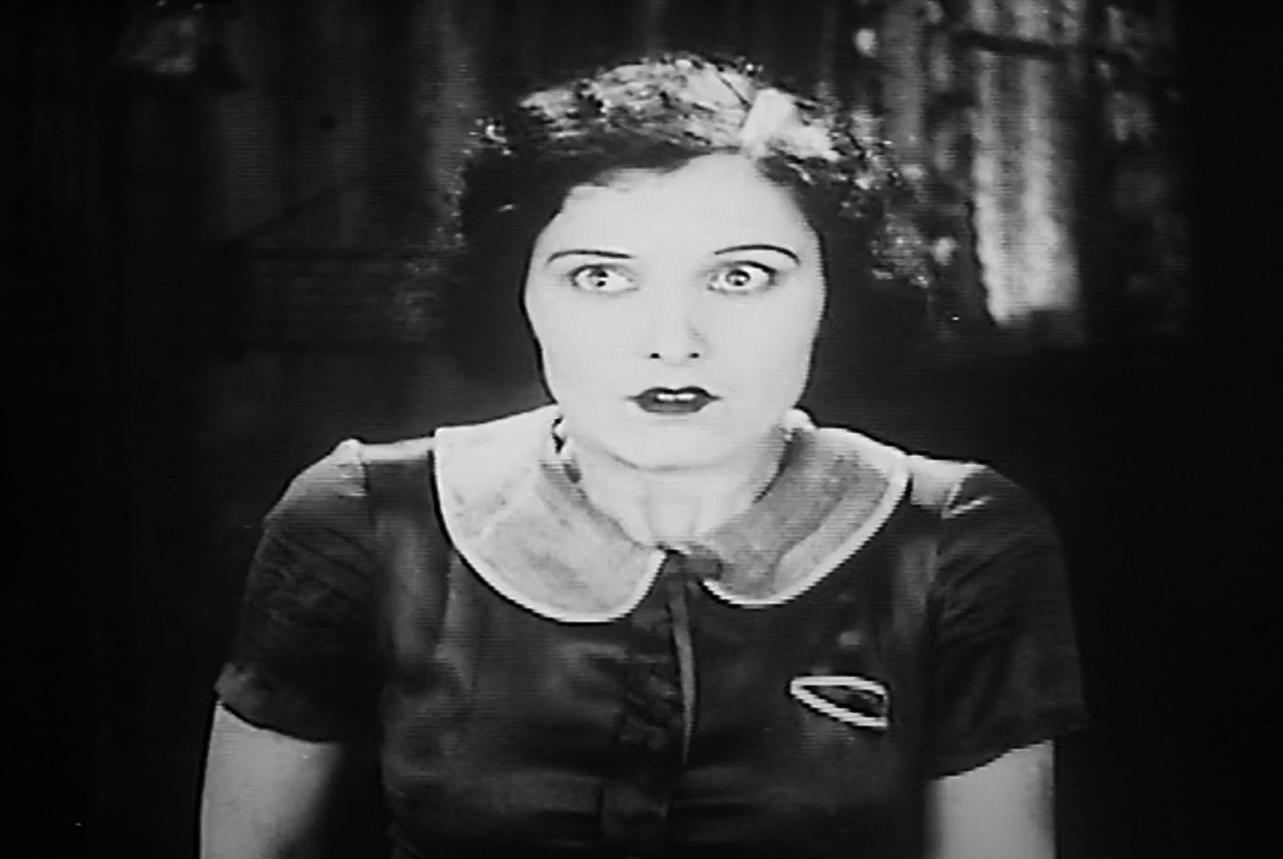 Paramount, The Great Gatsby (1926)
Paramount, The Great Gatsby (1926)
Aline MacMahon
Aline MacMahon was a brilliant character actress who stole scenes in films like Gold Diggers of 1933. Though she worked steadily, she was rarely given the lead roles that could have cemented her legacy.
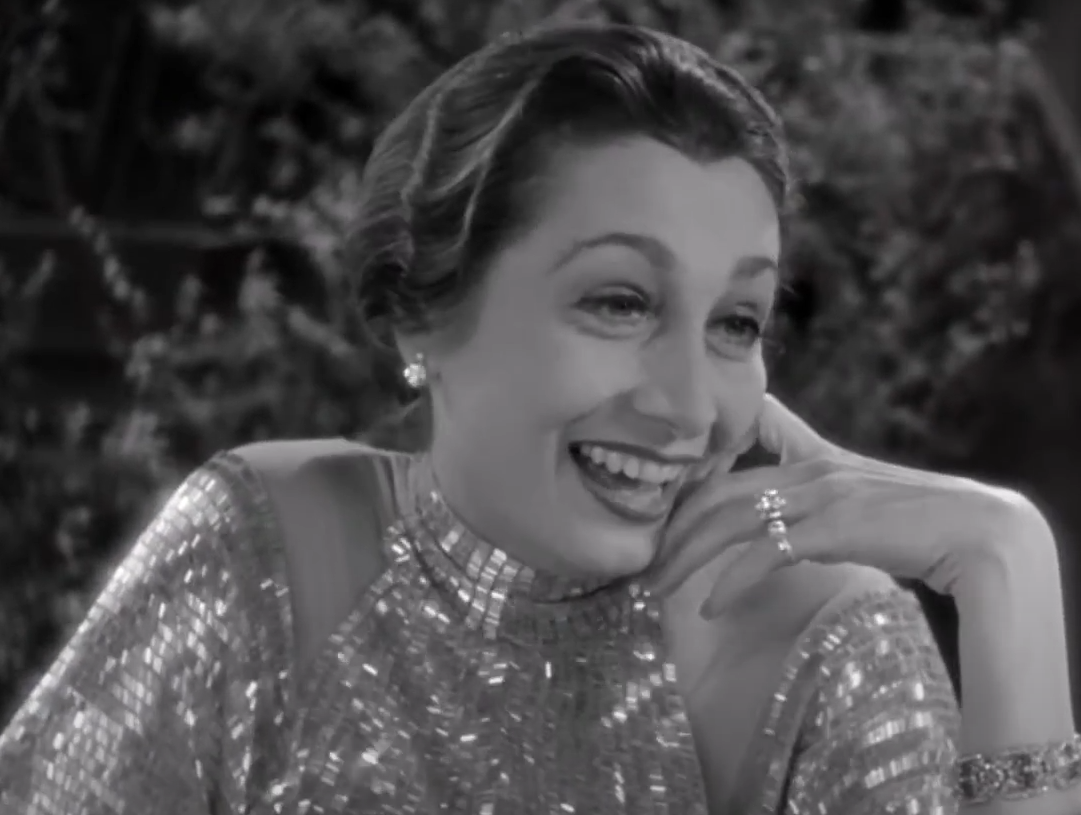 Warner Bros., Gold Diggers (1933)
Warner Bros., Gold Diggers (1933)
Rochelle Hudson
Rochelle Hudson was a versatile actress who appeared in Imitation of Life (1934) and was an early voice of Betty Boop. However, her fame never matched that of her contemporaries, and she is now mostly forgotten.
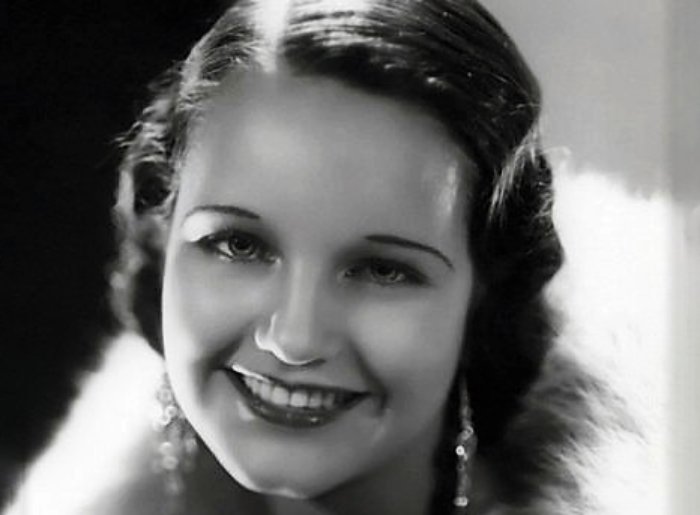 Unknown author, Wikimedia Commons
Unknown author, Wikimedia Commons
Mae Clarke
Mae Clarke is best known for having a grapefruit smashed in her face by James Cagney in The Public Enemy (1931). However, she also had a memorable role in Frankenstein (1931) before her career declined.
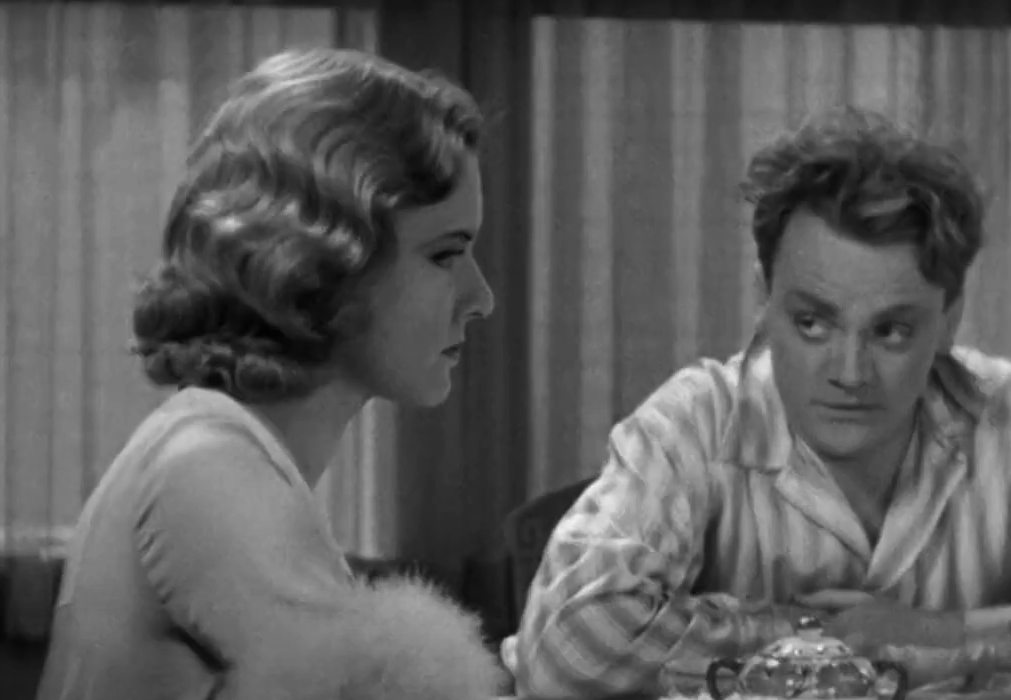 Warner Bros., The Public Enemy (1931)
Warner Bros., The Public Enemy (1931)
Margaret Lindsay
Often mistaken for Bette Davis, Margaret Lindsay starred in Jezebel (1938) but never reached leading-lady status. She continued working in supporting roles until retiring in the 1950s.
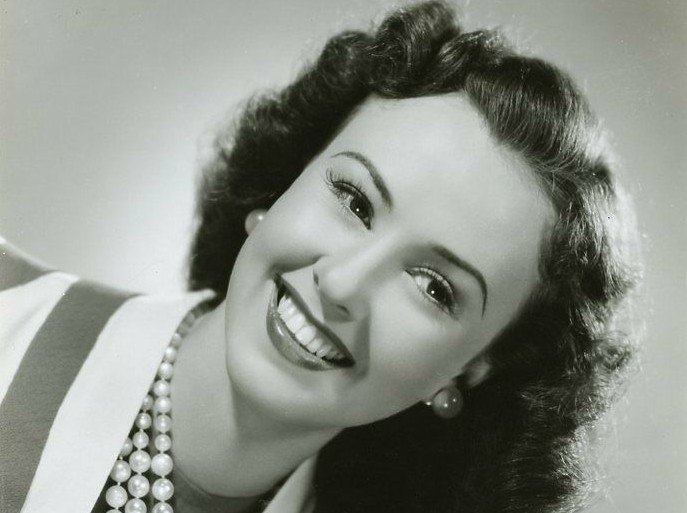 Unknown author, Wikimedia Commons
Unknown author, Wikimedia Commons
Ruth Chatterton
Ruth Chatterton was a powerhouse actress in the early 1930s, starring in Dodsworth (1936). After leaving Hollywood, she became a successful novelist and pilot, but her film career is largely forgotten.
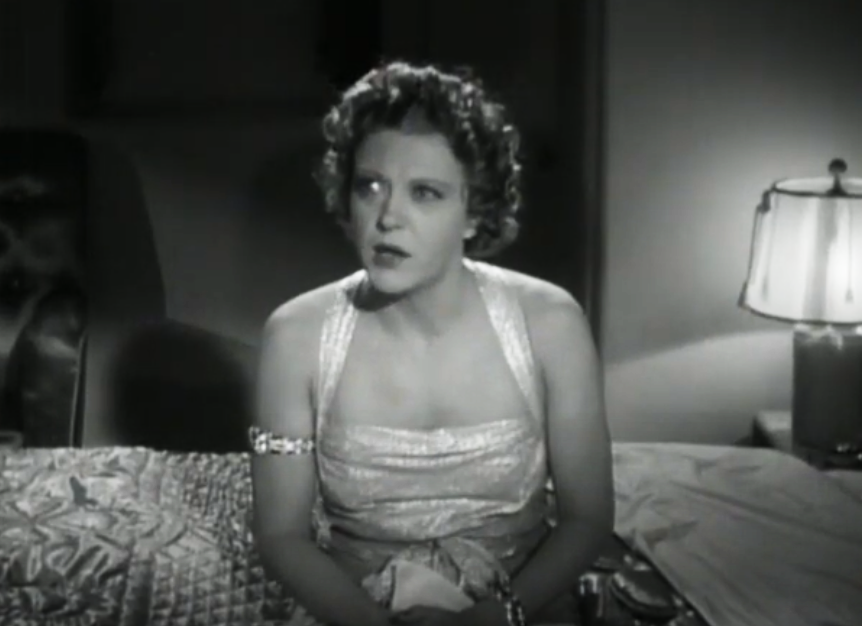 The Samuel Goldwyn Company, Dodsworth (1936)
The Samuel Goldwyn Company, Dodsworth (1936)
Claire Trevor
Claire Trevor won an Oscar for Key Largo (1948) and was a staple of 1940s film noir. Despite her impressive resumé, she remains overshadowed by bigger stars like Lauren Bacall.
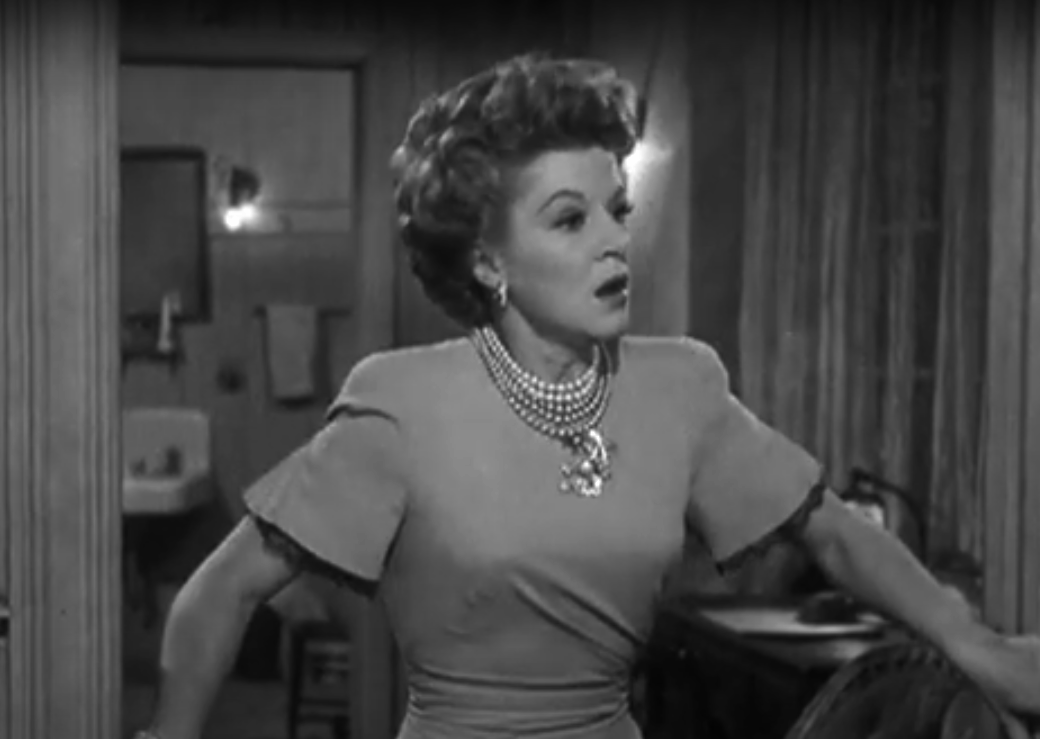 Warner Bros., Key Largo (1948)
Warner Bros., Key Largo (1948)
Evelyn Brent
Evelyn Brent was a silent film star known for playing dangerous women. However, she struggled to find her footing in the talkie era, leading to her career’s decline.
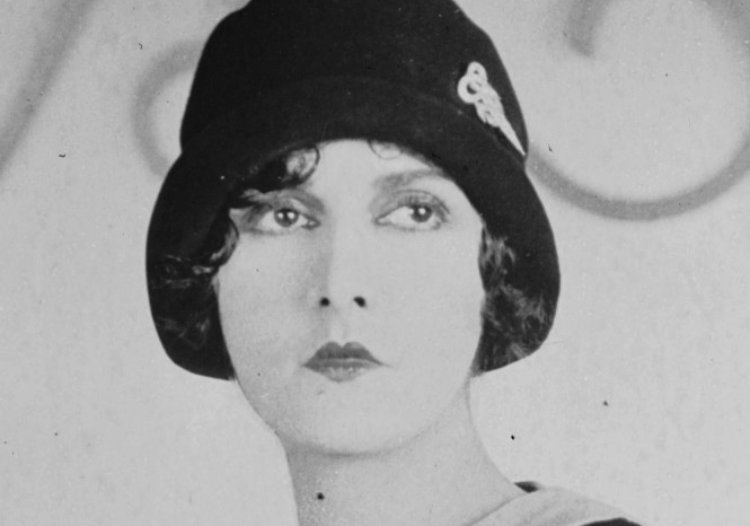 Bain News Service, Wikimedia Commons
Bain News Service, Wikimedia Commons
Louise Fazenda
Louise Fazenda was one of the most successful comedic actresses of the silent era, often appearing in slapstick films alongside the likes of Roscoe "Fatty" Arbuckle. While she transitioned to talkies with ease, she was often relegated to supporting roles, and her career faded as Hollywood’s comedic landscape evolved.
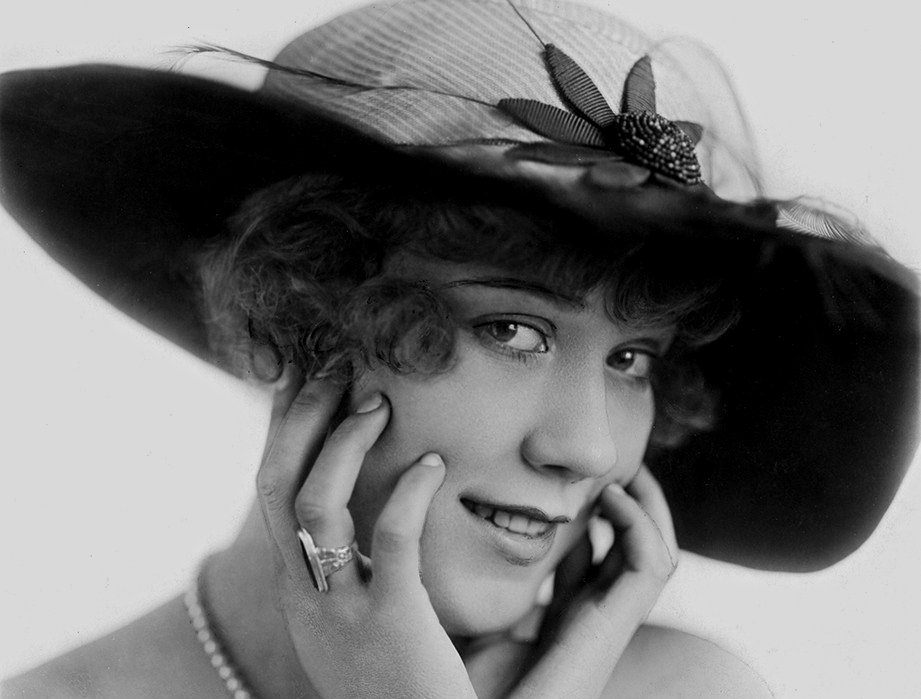 Albert Witzel, Wikimedia Commons
Albert Witzel, Wikimedia Commons
Patricia Neal
Patricia Neal won an Academy Award for Hud (1963), but her career was nearly derailed by personal tragedies, including a series of strokes in the 1960s. While she made a triumphant return to acting, she is often overlooked compared to her contemporaries, despite her immense talent.
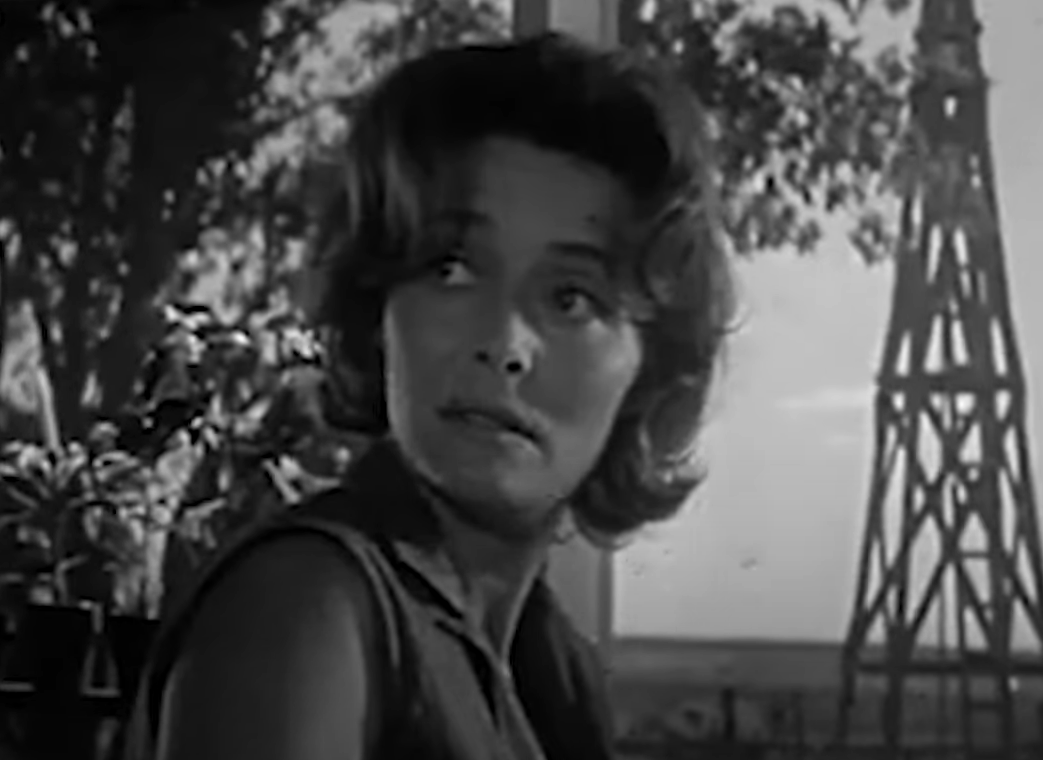 Salem-Dover Productions, Hud (1963)
Salem-Dover Productions, Hud (1963)
Alice Faye
Alice Faye was a major musical star in the 1930s and 1940s, known for her warm singing voice and charm in films like Alexander’s Ragtime Band (1938). However, after leaving Hollywood in the mid-1940s, she never regained her previous level of stardom.
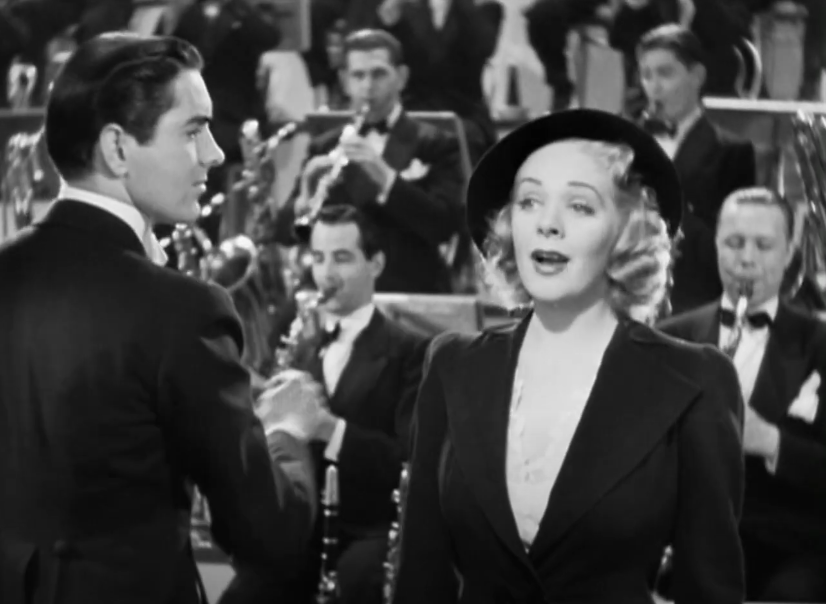 Twentieth Century, Alexander's Ragtime Band (1938)
Twentieth Century, Alexander's Ragtime Band (1938)
Dolores Del Río
Dolores del Río was one of the first Latina actresses to achieve Hollywood stardom, starring in silent classics like Ramona (1928) and Evangeline (1929). Though she successfully transitioned to talkies, racial biases in Hollywood limited her opportunities, leading her to find greater success in Mexican cinema.
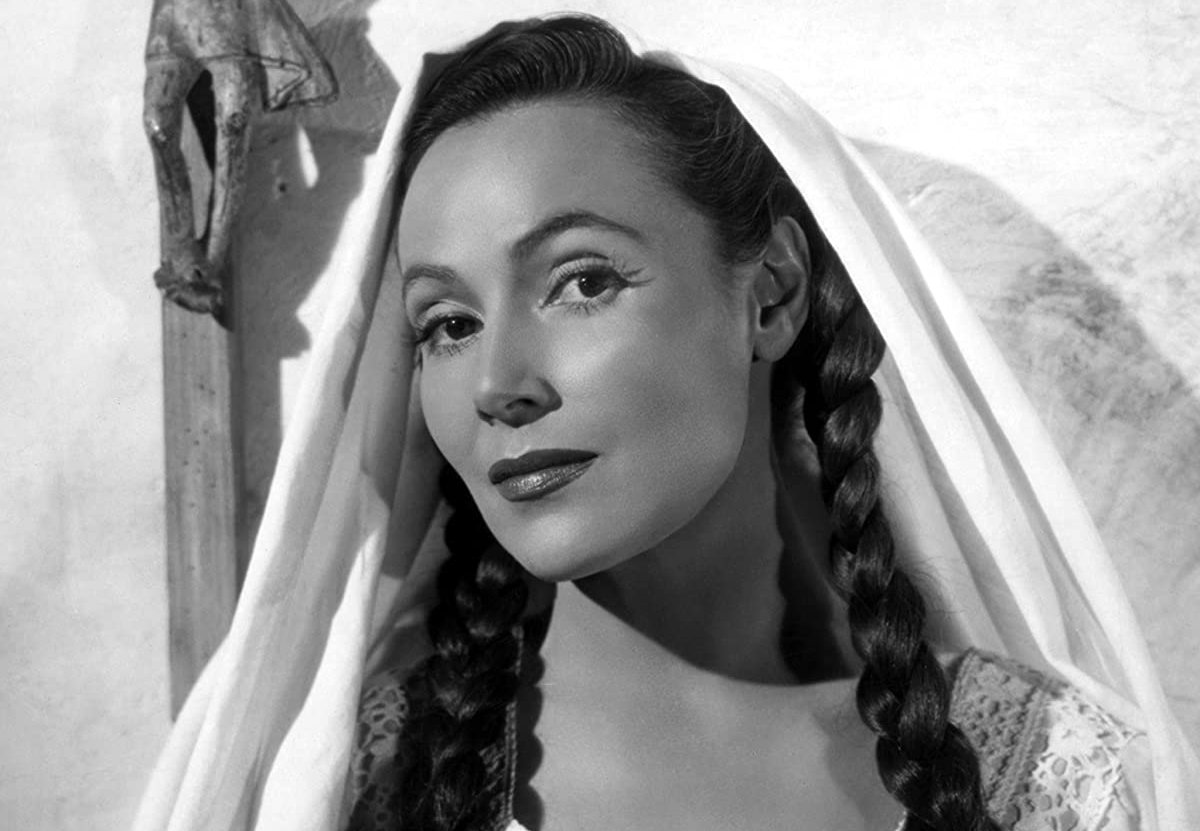 RKO publicity, Wikimedia Commons
RKO publicity, Wikimedia Commons
Florence Lawrence
Florence Lawrence is often credited as the first actress to receive public name recognition, yet few remember her today. She starred in hundreds of silent films, but after financial struggles and health issues, she passed tragically in 1938.
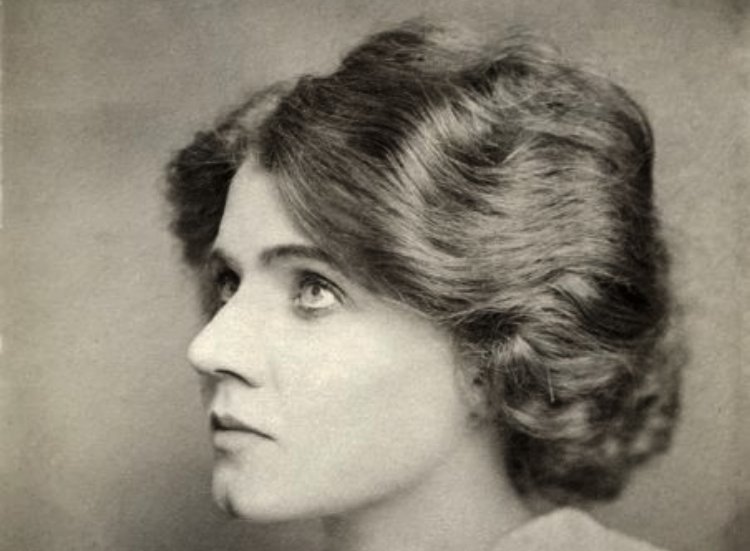 Wisconsin Center for Film and Theater Research, Wikimedia Commons
Wisconsin Center for Film and Theater Research, Wikimedia Commons
Madge Bellamy
Madge Bellamy was a popular leading lady in the silent era, starring in films like Lorna Doone (1922) and White Zombie (1932). However, after defying studio executives and getting caught in a scandalous affair, she was blacklisted and faded into obscurity.
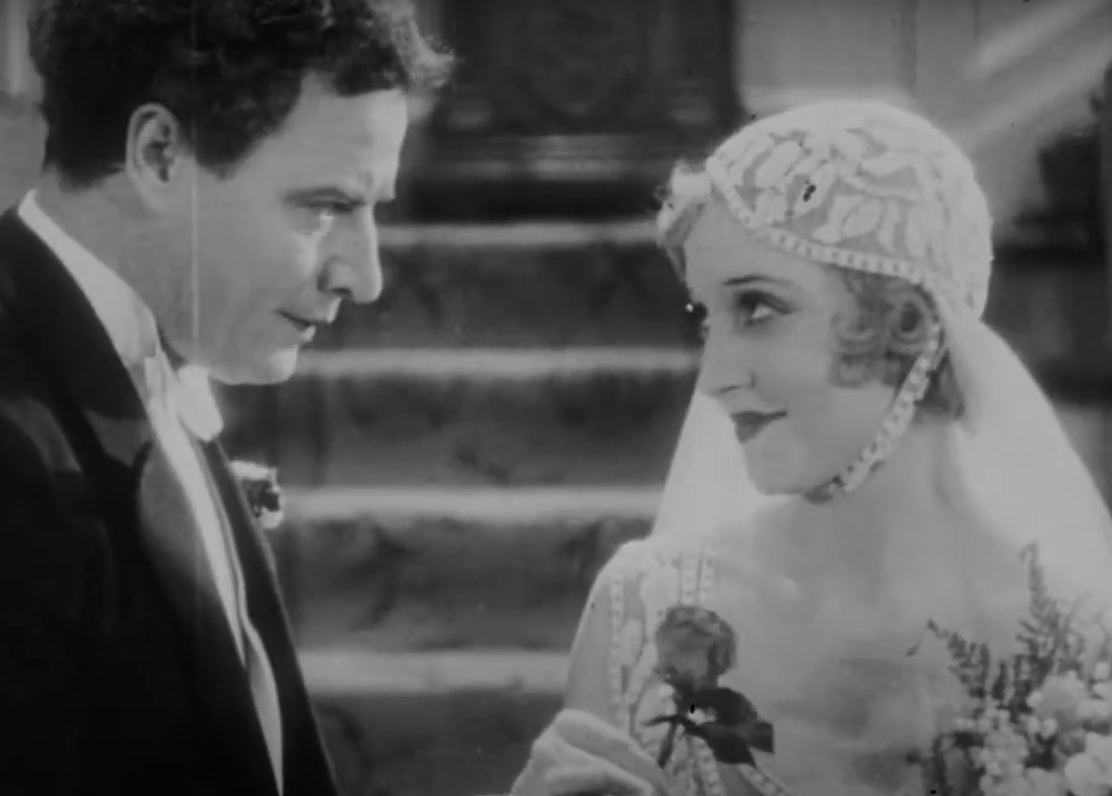 Victor & Edward Halperin Productions, White Zombie (1932)
Victor & Edward Halperin Productions, White Zombie (1932)
Pola Negri
Polish-born Pola Negri was a major silent film star, known for her sultry screen presence and romantic relationships with Charlie Chaplin and Rudolph Valentino. Unfortunately, the arrival of talkies and changing tastes in Hollywood led to her decline in the 1930s.
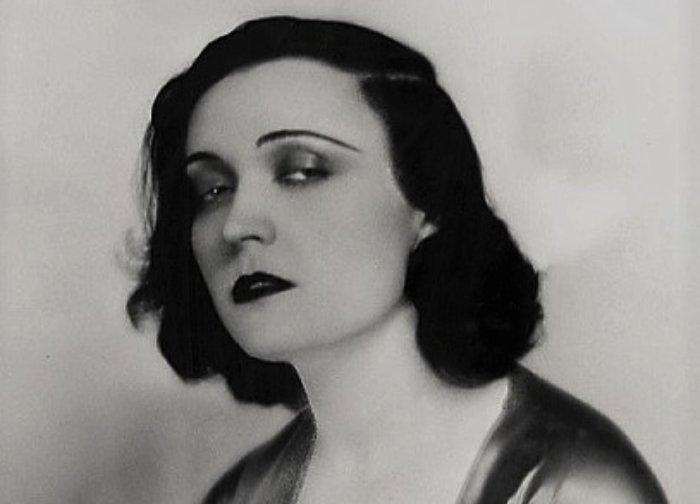 Russell Ball, Wikimedia Commons
Russell Ball, Wikimedia Commons
Edwige Feuillère
Edwige Feuillère was a successful French actress who briefly dabbled in Hollywood but never achieved lasting stardom there. While she continued acting in European films, she remains a largely forgotten name in American cinema history.
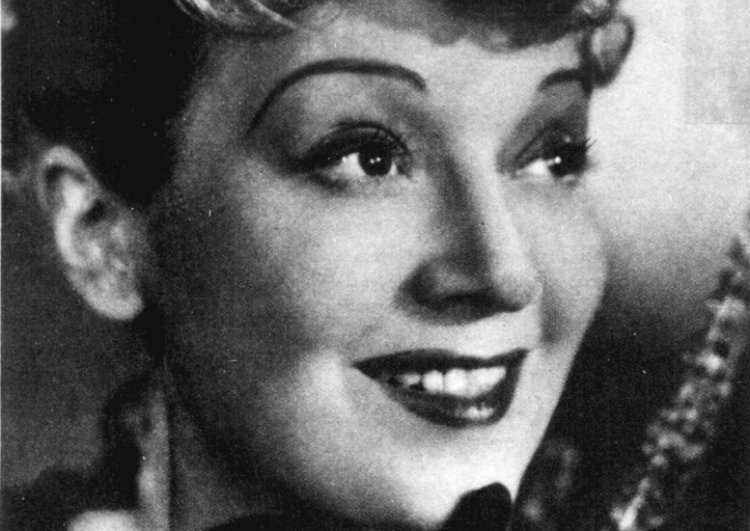 Unknown author, Wikimedia Commons
Unknown author, Wikimedia Commons
Billie Dove
Once considered one of the most stunning actresses of the 1920s, Billie Dove was a silent film sensation. After marrying a wealthy man, she retired from Hollywood in the 1930s, leaving behind a career that could have lasted much longer.
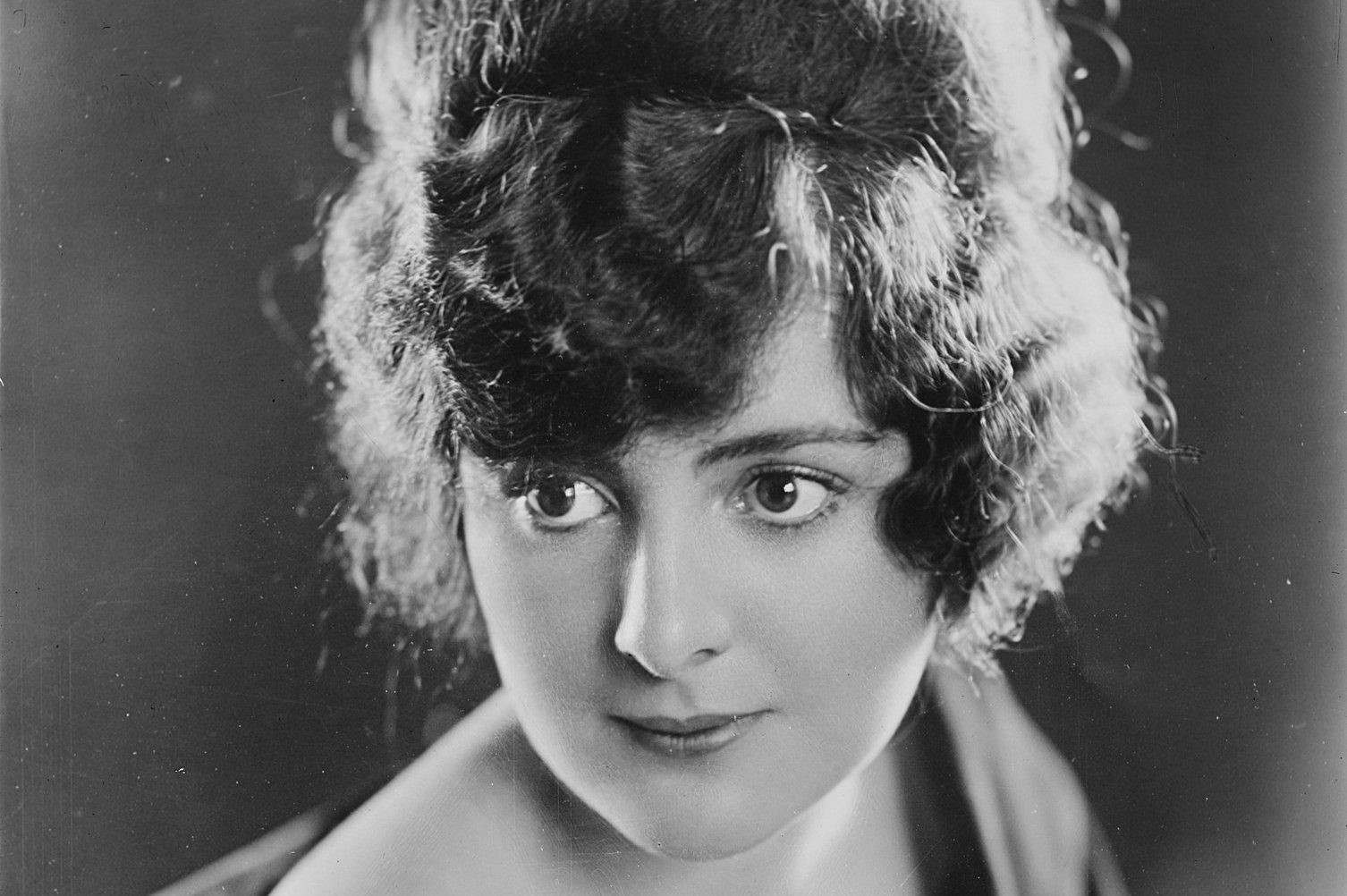 Bain News Service, Wikimedia Commons
Bain News Service, Wikimedia Commons
Bebe Daniels
Bebe Daniels was a prolific silent film actress who transitioned into talkies with ease, starring in 42nd Street (1933). However, as musicals evolved and her star dimmed, she moved to England and focused on radio and television.
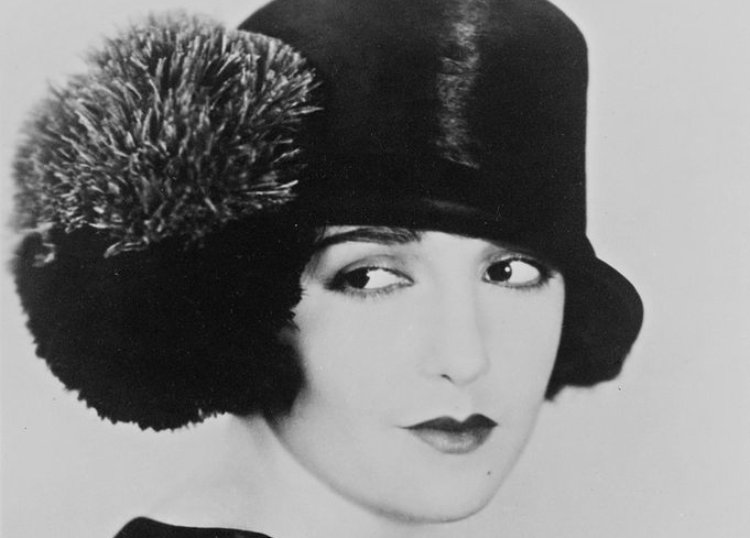 National Photo Company, Wikimedia Commons
National Photo Company, Wikimedia Commons
Evelyn Venable
Evelyn Venable is best remembered as the model for the Columbia Pictures "Torch Lady" logo and as the voice of the Blue Fairy in Pinocchio (1940). However, her Hollywood career was brief, as she retired early to focus on academia.
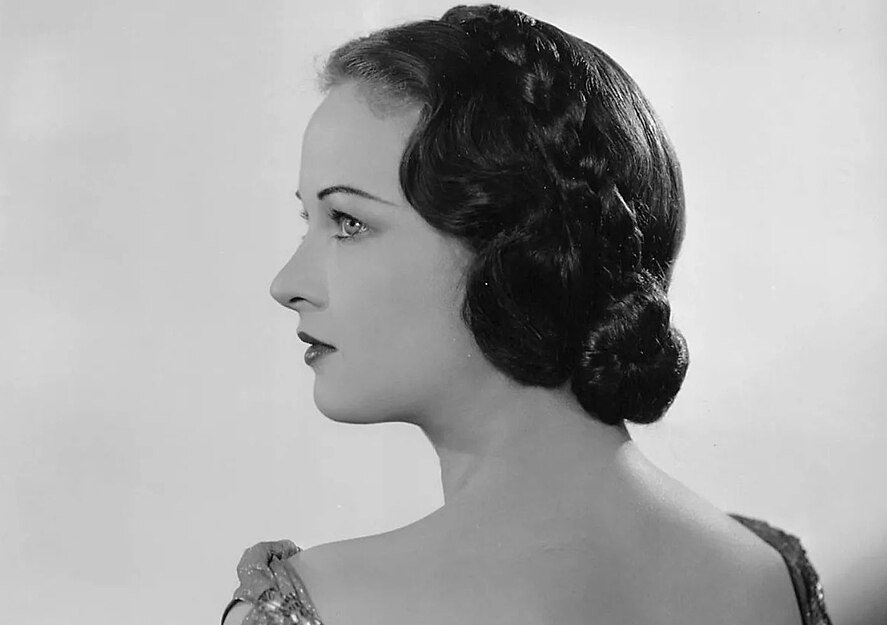 AnonymousWikiero, Wikimedia Commons
AnonymousWikiero, Wikimedia Commons
Helen Chandler
Helen Chandler was the leading lady in Dracula (1931), opposite Bela Lugosi, but her career never reached the same heights. Struggles with alcoholism and personal issues led to her early retirement from Hollywood.
Fay Wray
Fay Wray is best remembered for screaming atop the Empire State Building in King Kong (1933). However, she had a much broader career in pre-Code dramas and horror films, though she is now mainly remembered for that one iconic role.
Lupe Vélez
Lupe Vélez was a charismatic actress known for her fiery personality, both on and off-screen. Though she starred in comedies like the Mexican Spitfire series, her tragic passing in 1944 overshadowed her vibrant career.
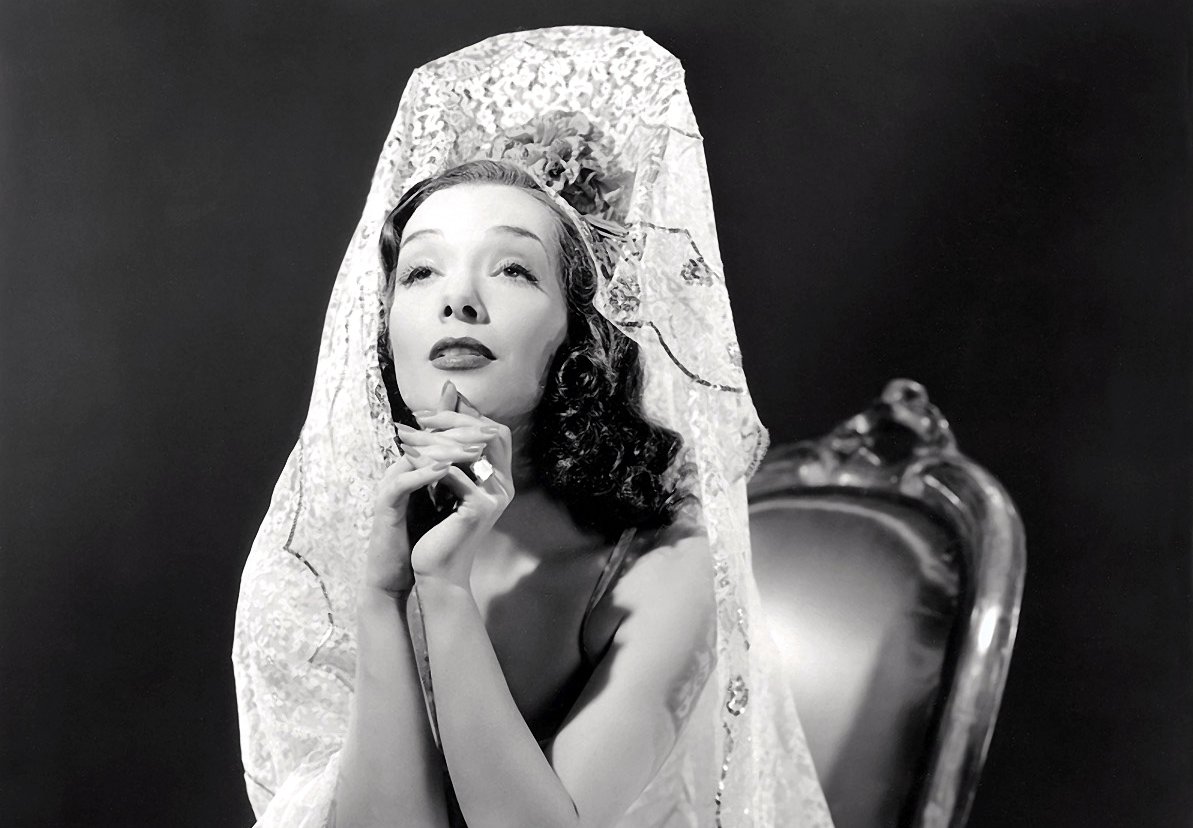 Studio publicity still., Wikimedia Commons
Studio publicity still., Wikimedia Commons
Dorothy Dandridge
Dorothy Dandridge was the first Black woman to be nominated for a Best Actress Oscar for Carmen Jones (1954). However, Hollywood’s racial discrimination limited her opportunities, and her promising career ended in personal tragedy.
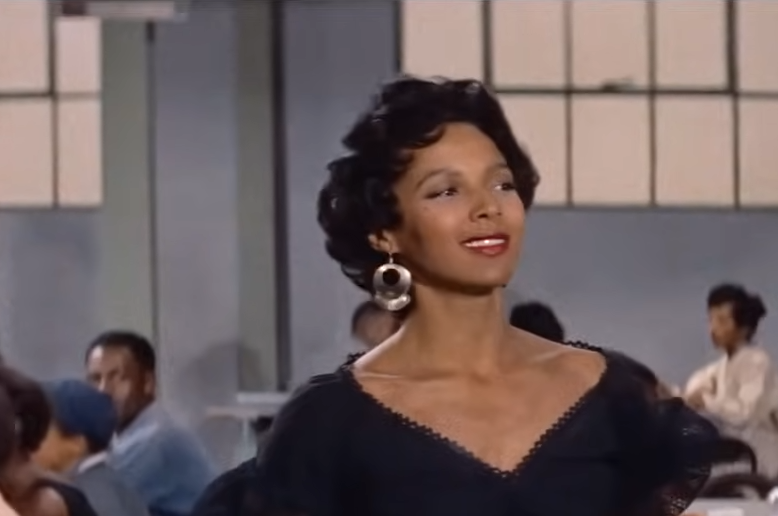 Otto Preminger Films, Carmen Jones (1954)
Otto Preminger Films, Carmen Jones (1954)
Clara Bow
Clara Bow was the epitome of the Roaring Twenties, defining the flapper era with films like It (1927). However, she struggled with mental health issues and retired from Hollywood in the early 1930s, living the rest of her life out of the spotlight.
 Harold Dean Carsey, Wikimedia Commons
Harold Dean Carsey, Wikimedia Commons
Corinne Griffith
Corinne Griffith was a huge silent film star who successfully transitioned into real estate and writing after retiring from acting. Though she was once called "The Orchid Lady of the Screen," she is now rarely mentioned among Hollywood’s greats.
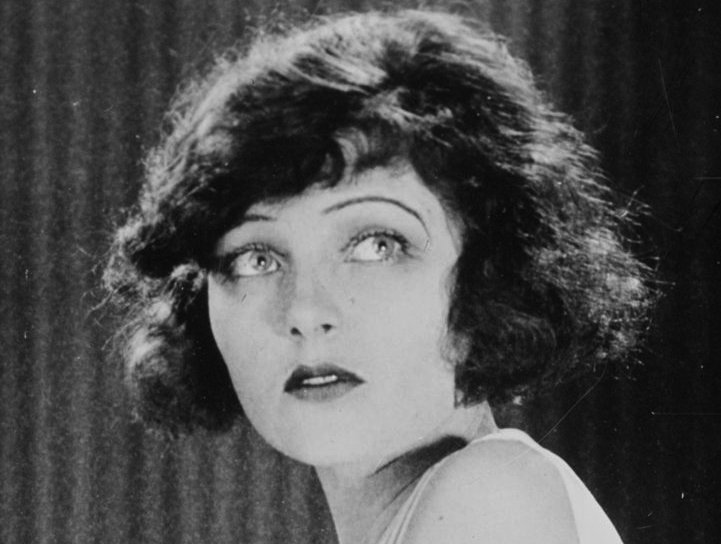 Bain News Service, Wikimedia Commons
Bain News Service, Wikimedia Commons
Anita Page
Anita Page was one of MGM’s most popular actresses of the late 1920s and early 1930s, often paired with Joan Crawford. However, after marrying a naval officer, she left Hollywood at the height of her fame and only returned for minor roles decades later.
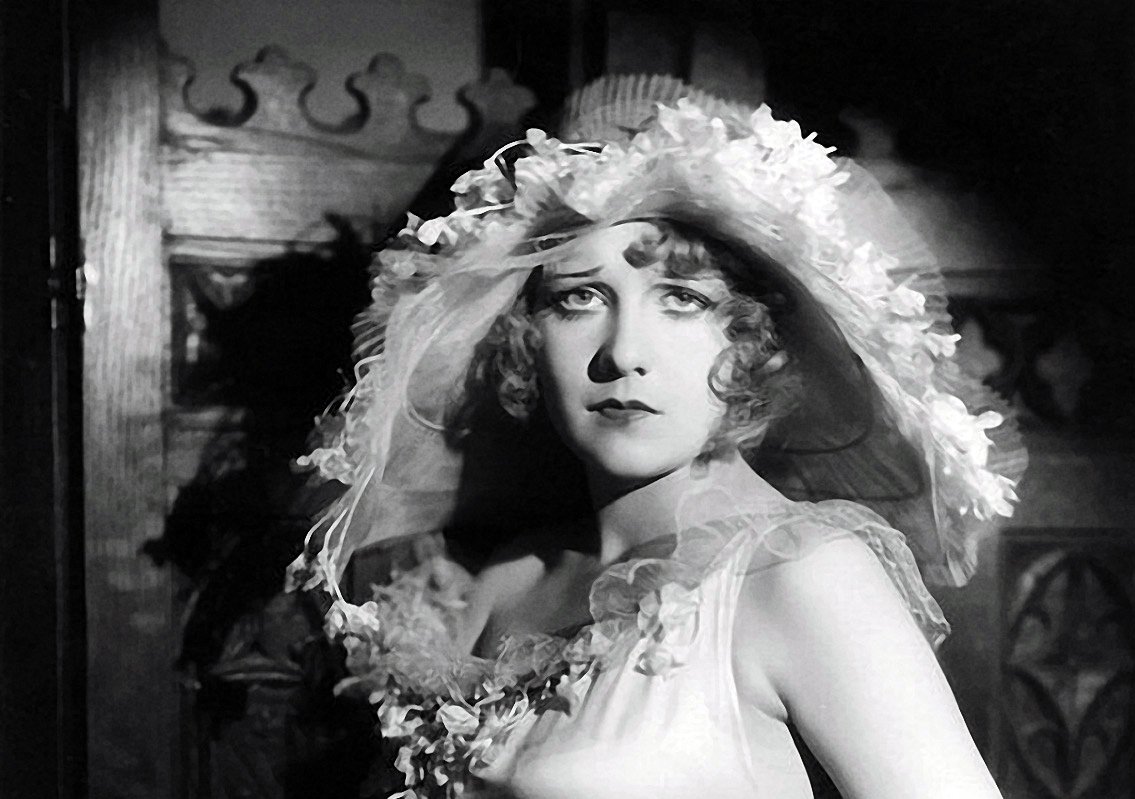 Studio publicity. MGM, Wikimedia Commons
Studio publicity. MGM, Wikimedia Commons
Lillian Gish
Lillian Gish was one of silent cinema’s most revered actresses, starring in The Birth of a Nation (1915) and Way Down East (1920). While she continued acting into her 90s, her legacy has been overshadowed by later Hollywood legends.
Miriam Hopkins
Miriam Hopkins was one of the queens of early screwball comedy, starring in films like Trouble in Paradise (1932) and Design for Living (1933). However, her off-screen feuds—particularly with Bette Davis—overshadowed her talent, and she was ultimately eclipsed by actresses like Carole Lombard and Katharine Hepburn.
You May Also Like:
Forgotten TV Shows Worth Rewatching


